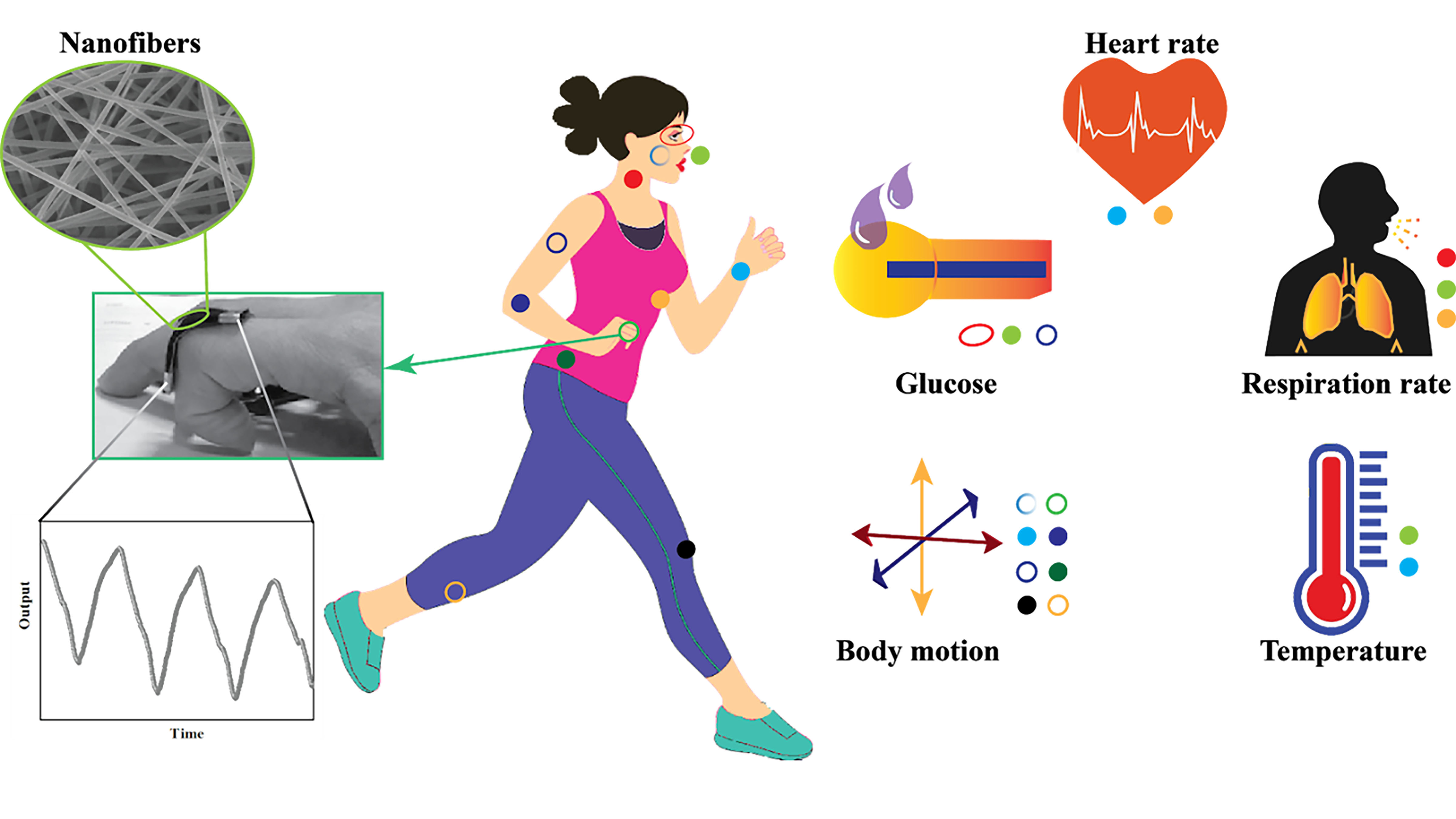As the number of elements on phased array antennas continues to grow, so does the volume of data that must be processed. To address this, researchers have developed a new approach to process that data closer to where it is generated – on the antenna subarrays themselves.
Tag: Antenna

Imitation Mosquito Ears Help Identify Mosquito Species and Sex
Using an imitation “ear” modeled on the organs that mosquitos use to hear, researchers have identified a mosquito’s species and sex using sound — just like mosquitos do themselves. The researchers hope this bioinspired detector could someday be used in the field to save lives by aiding in more selective pesticide use and possibly preventing mosquitos from mating. A presentation of the new research will be given as part of the 179th ASA Meeting.

Mosquitoes are drawn to flowers as much as people — and now scientists know why
Scientists have identified the chemical cues in flowers that stimulate mosquitoes’ sense of smell and draw them in. Their findings show how cues from flowers can stimulate the mosquito brain as much as a warm-blooded host — information that could help develop less toxic repellents and better traps.
Scientists Discover Key Factors in How Some Algae Absorb Solar Energy
Scientists have discovered how diatoms – a type of algae that produces 20 percent of the Earth’s oxygen – absorb solar energy for photosynthesis. The Rutgers University-led discovery, published in the journal Proceedings of the National Academy of Sciences, could help lead to more efficient and affordable algae-based biofuels and combat climate change from fossil fuel burning.